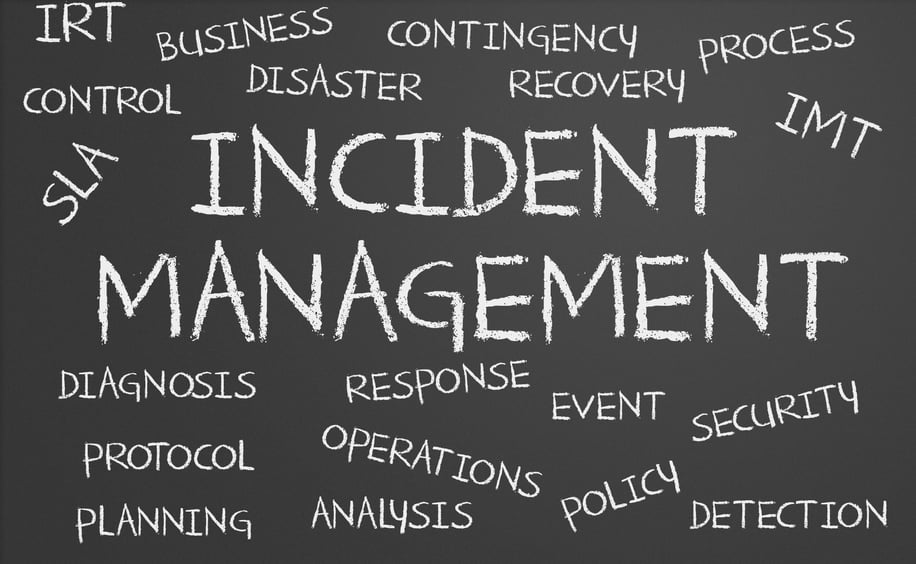
Foreseeable disasters can come in all shapes and sizes, from a power failure that affects only your facility to an earthquake that sends hundreds of casualties to your emergency department.
Preparation for these predictable events starts with a thorough, comprehensive plan. Here are some tips for pinpointing gaps in your hospital’s disaster preparedness--and suggestions for how to address them.
Start by performing a “gap analysis” of your resources.
As part of your disaster preparedness planning, you’ve already done your risk analysis and determined the types of hazards your hospital is most likely to face. You’ve prioritized the list in terms of the probability of occurring and the level of impact it would have on your hospital.
You’ve also likely heard the recommendation to perform a “gap analysis”, but have you done it? This is often a confusing topic without clear guidelines on how to address it, so let’s review the steps here.
-
Identify the most likely disasters.
Your jurisdiction’s Director of Emergency Management Agency (EMA), Public Health Office, and HHS can help with estimating numbers of patients and casualties for relevant, foreseeable disaster scenarios. The Federal Emergency Management Agency (FEMA) also maintains a National Risk Index that outlines natural hazards at the community level.
-
Calculate the approximate number of patients
Using the various formulas calculate the treatment capacity of your hospital based on the nature of the emergency.
-
Determine the total resources needed to treat these patients.
Next, you’ll want to close any resource gaps in your disaster preparedness plan. Identify all resources required to properly care for the estimated number of patients. This includes beds, staff, and medical supplies, such as medications, medical gases, IV pumps, and medical suction. Also consider food, water, emergency power, transportation, and anything that would be needed to keep the hospital functioning.
-
Analyze current resources.
- Look at your overall bed capacity versus average occupancy
- Consider your emergency plan for extra staff availability
- Assess your current backup of food, water, power, and other resources.
- Examine the extra space and medical supplies you have on hand.
- Determine how many additional patient bays can be set up in areas not generally equipped to handle patients and the resources needed to fully equip them with monitors, IV pumps, portable suction, and all the other vital equipment.
- Review your agreements with local vendors to provide supplies in emergencies.
Your gap = the difference between the total requirements and your available resources.
The difference between what you have available (or can readily obtain) and your overall need equals your gap. This information should be supplied to your local EMA. Your local EMA will then pass on any requirements that they cannot meet to the state EMA. Resources that are not met by the state EMA will be forwarded to FEMA. This allows HHS to plan appropriately for the necessary resources to deploy in case of disaster situations.
Make certain your hospital is addressing all hazards.
Are there any elements your hospital’s plan is missing? Using an all-hazards approach to disaster planning can help avoid this. It encourages comprehensive preparation for a broad scope of possibilities.
Healthcare facilities and staff play a key role in emergency preparedness and response efforts for many types of events including natural or man-made disasters, pandemic outbreaks, or terrorist attacks. The availability of healthcare services is essential to accommodate the surge in demand that accompanies an emergency or disaster.
The Centers for Disease Control and Prevention offers helpful planning resources to keep you on track.
Understand that disaster preparedness is ongoing.
Once you have identified the potential weaknesses of your disaster preparedness plan, you can begin filling in those gaps. However, be aware that the best disaster preparedness plans are continuously evolving and adapting to changes within the hospital, the community, and the environment.
Editor's note: This blog was originally from July 2021. It has been re-published with additional up to date content.















